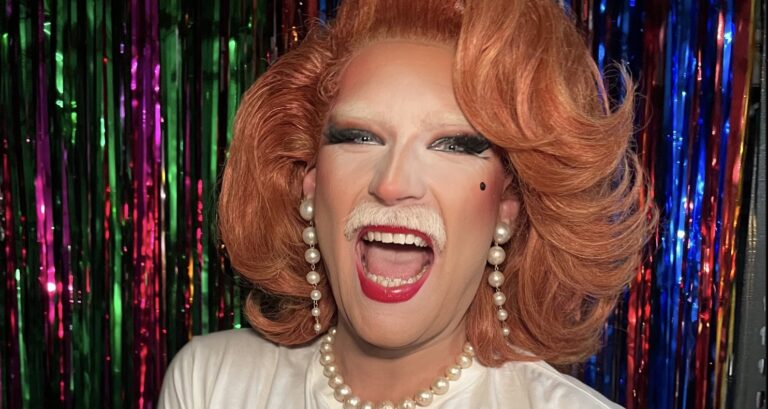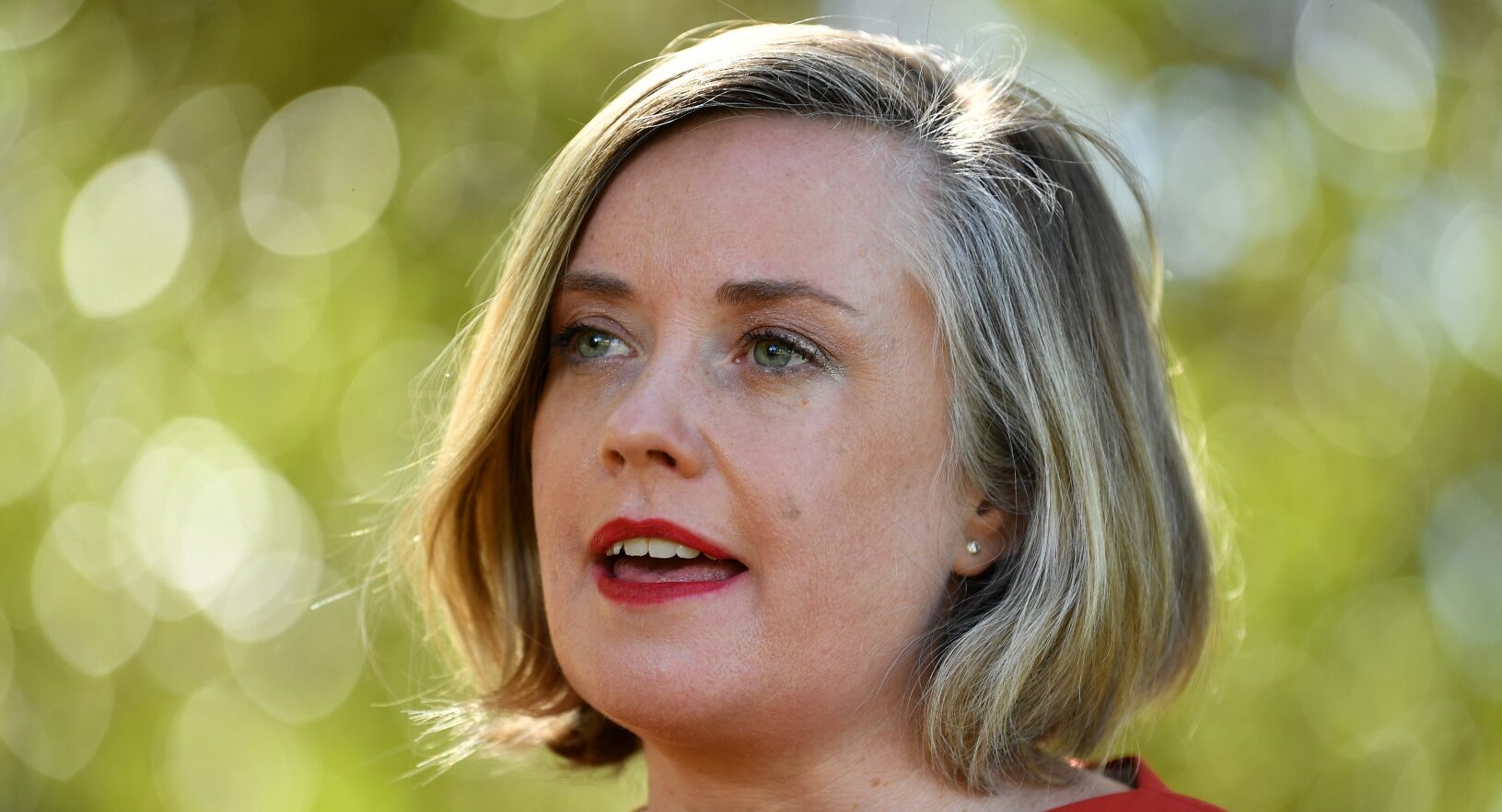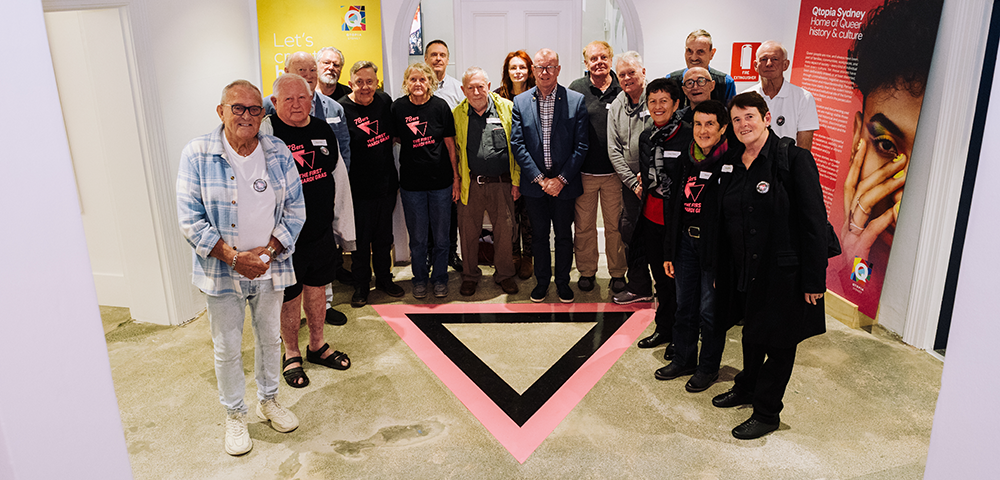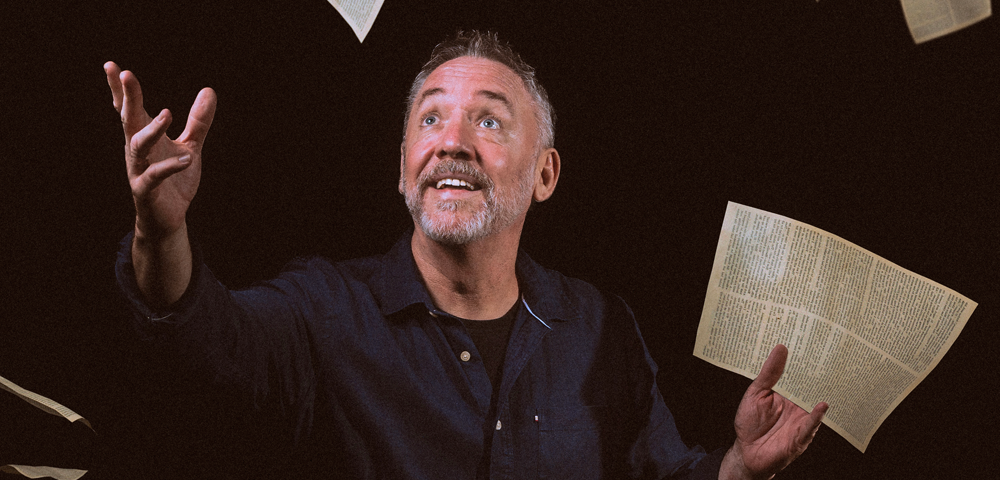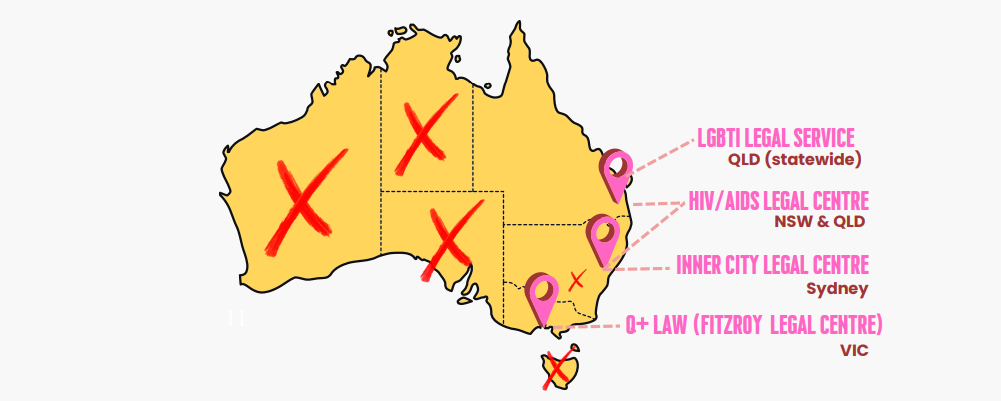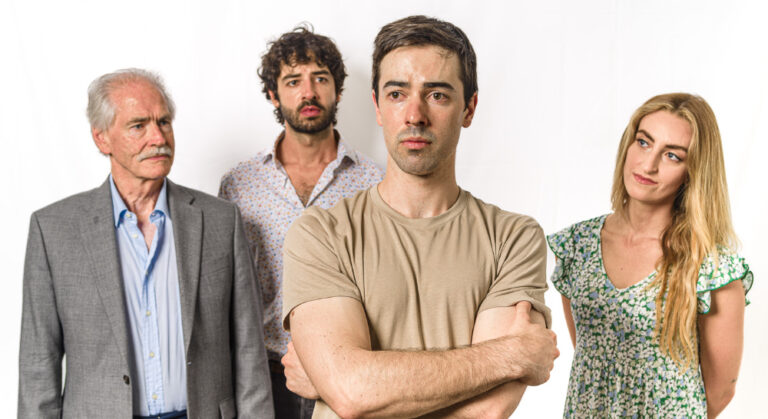
The Royal Tenenbaums
This is Wes Anderson’s third film collaboration with writer-actor Owen Wilson and follows Bottle Rocket (1996) and Rushmore (1998). If you’ve seen Anderson’s earlier films you will know that one of his dominant themes is failed genius which is somehow redeemed at the end. This preoccupation continues in The Royal Tenenbaums which evolved from a series of unlikely characters who have lives which somehow have lost lustre. Like all of Anderson’s films, this one has sharply divided audiences into those who think it is a dark, off-beat fable and those who think it is calculated to show Anderson’s personal precocity.
Tenenbaums has stellar performances from Anjelica Huston, Bill Murray, Gwyneth Paltrow, and Gene Hackman, who has won may awards for his performance. It is a nice change to see him playing an eccentric father figure rather than a hard-edged man in uniform or a ball breaker. Gwyneth Paltrow and Bill Murray put in extraordinary performances.
It is not the world’s greatest film nor is it very freaky or fable-like but it is quirky. Some say that Anderson had J.D. Salinger’s Franny And Zooey (one of the favourite books of my youth) in mind when he made the film because in many ways Tenenbaums is a spoof of New York intellectual bourgeosie. Anderson admits to having read The New Yorker all his life and sees his latest work as a sort of spin on all those unacknowledged geniuses who have graced the pages of the magazine. He describes the film as his most serious attempt to date to look at issues of family and emotion.
The Royal Tenenbaums is uneven and in some ways calculated but entertaining in a stylised way. It has been nominated for an Academy Award for Best Writing, Screenplay Written for the Screen.

